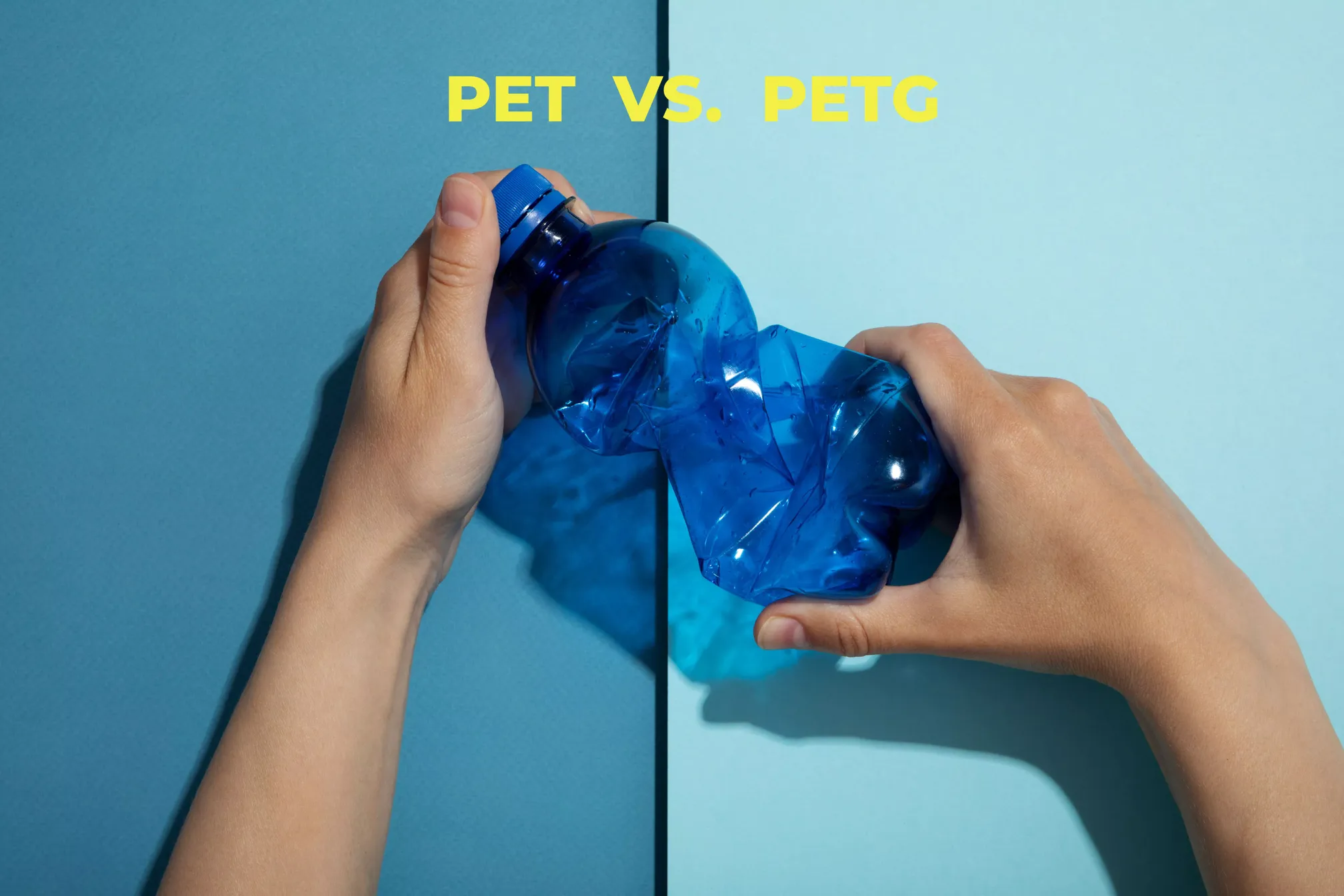PETG is strong and cost-effective compared to acrylic or polycarbonate. Its unique properties make it a top choice for impact-resistant glass and high-strength display units. PETG is suitable for digital printing and is suitable for product materials, displays, and signage.
Generally speaking, PETG is a food-safe plastic that is often used in food containers and liquid beverage bottles. Like acrylic and many other thermoplastics, PETG is fully recyclable.
PETG is both thermoformable and vacuum-formable, and can withstand tremendous pressure without cracking. Although PETG is naturally transparent, it can easily change color during processing. It can be injection molded into a variety of shapes or extruded into sheets.
PETG's damage resistance is much higher than acrylic and can even rival the impact resistance of polycarbonate. However, PETG is easy to manufacture, making it an easy-to-use material for both practitioners and professional manufacturers.
Due to its easy thermoforming and chemical resistance, PETG has a variety of uses. It is often used in disposable and reusable drinking bottles, edible oil containers, and FDA-compliant food storage containers. However, PETG is also found throughout the medical field. Its rigid structure allows it to withstand the rigors of sterilization processes, making it a perfect material for use in medical implants and packaging for pharmaceuticals and medical devices.
PETG is an excellent material for modern 3D printers, and it is quickly becoming a community favorite as it becomes more accessible. With the right print settings, PETG filament can be easily printed, has excellent layer adhesion, and prints without odor. It also has very low shrinkage properties, allowing for larger prints than materials like PLA or ABS. At the same time, it is very strong and has great chemical resistance. This allows it to print objects that can withstand high temperatures, food-safe applications, and special impacts.
Digging deeper, PETG plastic is often the material of choice for point-of-sale stands and other retail displays. Since it is easy to manufacture in a variety of shapes and colors, businesses often use PETG materials to create eye-catching signage that attracts customers. Additionally, the added benefit of being easy to print helps make customized, intricate images an affordable option.
Although these compounds may look similar, they are fundamentally different materials at the molecular level. PET is the result of two monomers combined. PETG may involve these same monomers, but also includes ethylene glycol, giving it a different chemical nature than PET.
PETG is less brittle and more flexible than its PET cousin, making it ideal for use in bottles. It also has better shock resistance and is better suited to higher temperatures.

Luoyang Dema Import & Export Co., Ltd. aims to provide high-quality, cost-effective products for global factories, plastic product manufacturers, and material distributors. Luoyang Dema Import & Export Co., Ltd. provides the best PP, PE, PVC, PET, EVA, ABS material solutions for plastic product manufacturers, wholesalers, distributors, distributors, factory owners, processing workshops, etc.
If you are looking for general plastic materials, please feel free to get the latest prices and quotations from Luoyang Dema Import & Export Co., Ltd. The sales team will reply within 48 hours.
